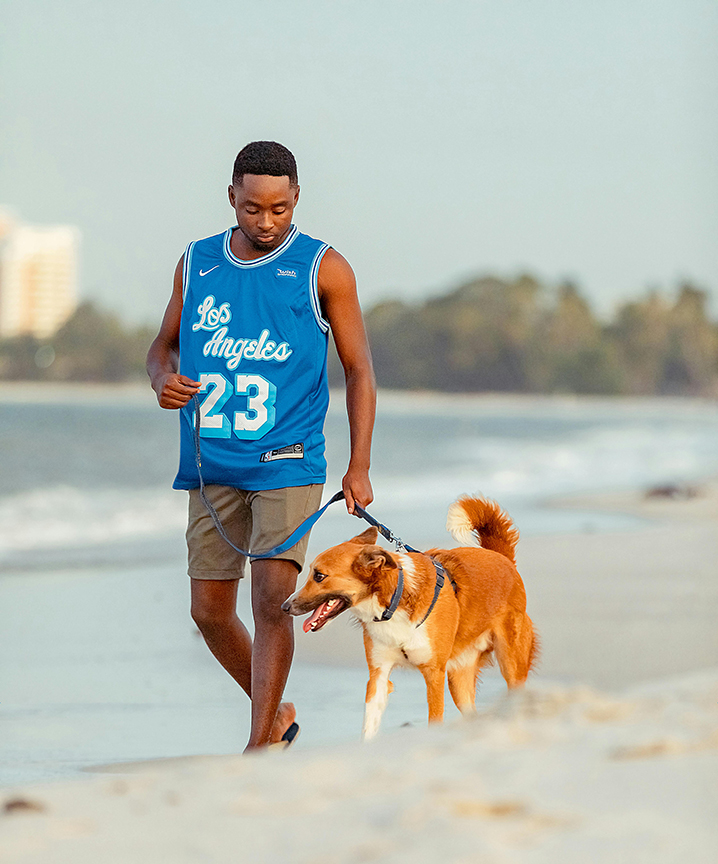Walking your dog should be an enjoyable experience for both you and your furry friend. However, a dog that pulls, lunges, or is otherwise unruly on the leash can turn a simple stroll into a frustrating ordeal. With patience, consistency, and the right techniques, you can teach your dog to walk properly on a leash. Here’s how.
Understanding Leash Behavior
Before you begin training, it’s important to understand your dog’s natural behavior on a leash. Many dogs pull due to excitement, curiosity, or a desire to explore their surroundings. Others may be nervous or anxious, leading to erratic movements. Recognizing the root of your dog’s behavior will help tailor your training approach.
Choosing the Right Equipment
The right equipment can make a significant difference in leash training. Consider using a well-fitting harness or a head halter designed to discourage pulling. Standard flat collars can work for some dogs, but they may not be effective for strong pullers. Whichever equipment you choose, ensure it is comfortable and secure.
The Training Process
1. Start Indoors
Begin training in a low-distraction environment, such as your home or backyard. Attach the leash to your dog’s harness and allow them to walk freely. Once they are accustomed to the leash, start practicing basic commands like “sit” and “stay.” This will help establish a foundation of obedience.
2. Use Positive Reinforcement
Positive reinforcement is key to effective leash training. Whenever your dog walks calmly beside you, reward them with treats, praise, or affection. This reinforces good behavior and encourages them to continue walking properly. Keep treats small and high-value to maintain your dog’s interest.
3. Practice the “Heel” Command
The “heel” command is essential for teaching your dog to walk at your side. Start by positioning yourself next to your dog. Use a treat to guide them into the correct position, close to your left side. Say “heel” and begin walking. If your dog stays beside you, reward them frequently. If they pull ahead, stop walking and wait for them to return to your side before continuing.
4. Introduce Distractions Gradually
Once your dog has mastered walking on a leash indoors, gradually introduce distractions. Move to a quiet outdoor area and practice the same techniques. As your dog becomes more comfortable, increase the level of distraction—such as other dogs, people, or busy streets—while maintaining control and rewarding good behavior.
Addressing Common Challenges
Pulling
If your dog starts to pull, immediately stop walking. Stand still and wait for them to return to your side. Once they do, reward them and resume walking. This teaches your dog that pulling will not get them where they want to go.
Lunging
For dogs that lunge at other animals or people, practice desensitization. Start at a distance where your dog can see the distraction but remains calm. Reward them for staying focused on you, gradually decreasing the distance over time. This helps your dog learn to remain calm in the presence of distractions.
Conclusion
Teaching your dog to walk properly on a leash takes time and patience, but the rewards are well worth the effort. A well-behaved dog on a leash not only enhances your walks but also strengthens the bond between you and your pet. Remember to be consistent, use positive reinforcement, and celebrate small victories along the way. With dedication, you and your dog will enjoy many pleasant walks together!



